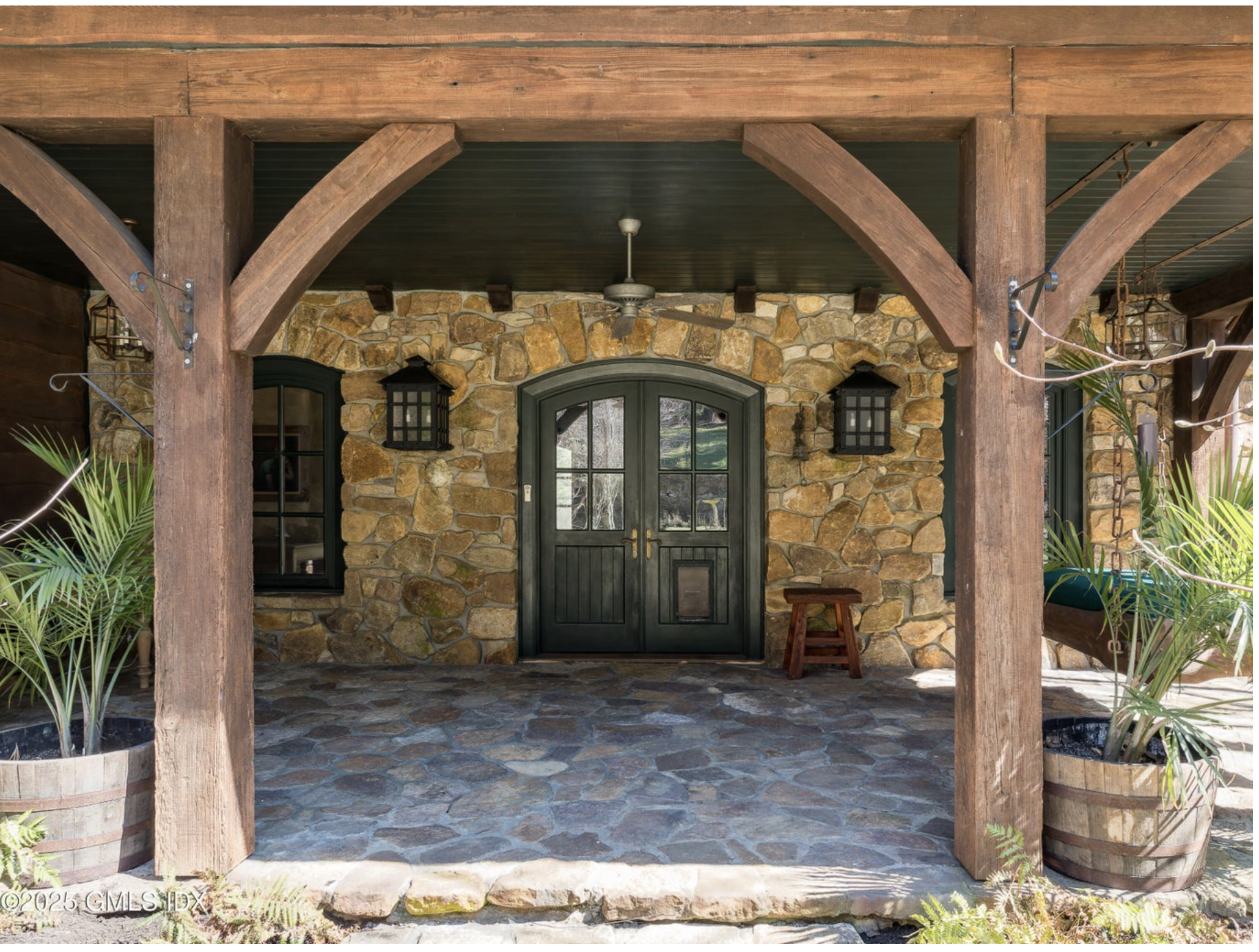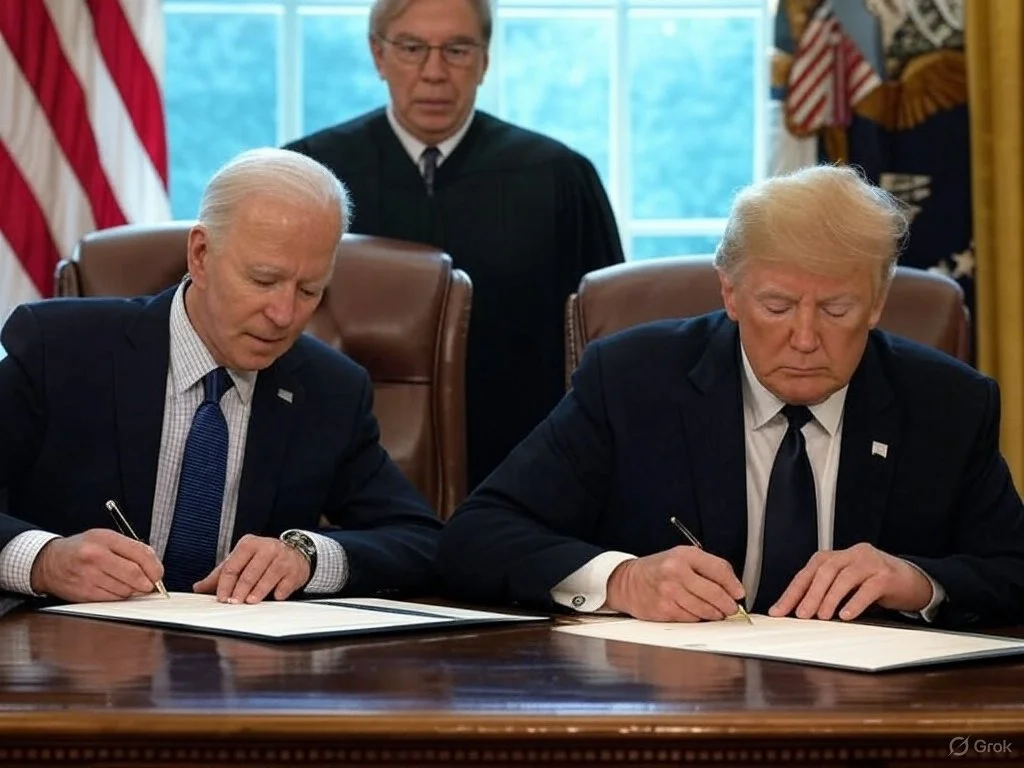On Jan. 27, 2010, firefighters responded to a blaze in a residential area in Greenwich. In the local paper the next day, it was reported that a mansion was damaged by fire. That was not quite right.
The destroyed building may have been in a residential neighborhood, but it was not a home. It was a museum. It had been under construction since August 2008 and was just one week shy of getting its certificate of occupancy. No artworks were destroyed, because they hadn’t been moved in yet, but construction on the building had to begin all over again.
After two and a half years of delays caused by the fire, the Seven Bridges Foundation opens its Gallery II to the public this week, adding an extravagant, quirky and somewhat mysterious element to the Connecticut museum scene. Admission is free to the nonprofit museum. However, appointments are required and it’s open on Tuesdays only, from 10 a.m. to 2 p.m. Visitors are limited to six to 10 a day, but that might change in the spring.
Seven Bridges is at 114 John St., in a quiet “backcountry” neighborhood of gated mansions hidden from curious passers-by by long, curving driveways. Seven Bridges itself is gated and secluded. Visitors must be identified and buzzed in at a security squawk box, and risk getting lost on the meandering driveway once the gate swings open.
Once inside, even before Gallery II is in sight, beauty beckons. An eclectic sculpture garden dots the impossibly lovely 80 acres of landscaped grounds. Playful rabbits by Barry Flanagan and Sophie Ryder, Henry Schiowitz’s clasping hands, Hanneke Beaumont’s meditative figures, chubby acrobats by Michael Bergt, wandering animals by Peter Woytuk, and abstract pieces by Raphael Moulin, Charles Perry, James Knowles, Don Gummer and Paul Suttman are among the dozens of works placed carefully, for maximum individual appreciation.
Richard C. McKenzie, an artist and co-founder of McKenzie Walker Investment Management, is the sole founder of and investor in the Seven Bridges Foundation. Many of the sculptures outside are his. Museum officials guard access to McKenzie and hesitated to discuss him at all.
The gallery building, designed by Laura Kaehler of Greenwich, is a work of art in itself. Kaehler’s website writes “We designed the home to resemble three stone barns that could have been built on the property years ago and then ‘renovated’ for their current use. We then joined these stone barns with transparent glass connectors with flat contemporary roofs. … We opened up these stone volumes with one and two-story glass cantilevered boxes.” Key design features include fieldstone walls, cedar roofing, “living green” roof gardens, wood flooring and walls with fir timbers.
There’s that reference to a “home” again. Museum spokeswomen said that while Seven Bridges Gallery II is not a residence, it had to be built with residential features to conform with zoning. So visitors will be confused, or charmed, to see that some restrooms have bathtubs in them. There also is a dining room with paintings and sculptures in it, and a bedroom and kitchen that are not accessible to the public.
Once inside, the spacious and light-filled, 17,000-square-foot interior is a mixture of portraits, still lifes, landscapes and narrative works, with a strong emphasis on modernism and realism, a sprinkling of surrealism and a stunning collection of glass art.
Portraitists include Odd Nerdrum and Steven Assael, two favorites of McKenzie. Nerdrum favors portraits with a mythological aura to them, while Assael’s are ultra-modern, even freakish, as in “Johanna,” a painting of a punky woman with a shock of red hair. William Beckman’s models pose stiffly and stare straight, and straight-faced, at the artist, while Richard Maury and Paul Fenniak prefer depictions of people at work.
Still lifes include the industrial images of Joseph McNamara, commercial signage by Robert Cottingham, gadgets by William Fisk and the offbeat classicism of Will Wilson. Glasswork is dominated by Italian-American artist Lino Tagliapetra and Venetian Archimede Seguso, as well as European artists such as Vladimir Bachorik, Jaroslava Brychtova, Stanislav Libensky and Dante Marioni.
McNamara and Beckman make a strong showing in landscapes, too, as well as rural and urban scenes by Chester Arnold, Max Ferguson, Cesar Galicia and Linden Frederick.
The narrative works are the most unusual of the lot, with freaky scenes by Nerdrum and Assael, as well as Fenniak’s “Cemetery Vandals,” Daniel Greene’s “Dartboards & Balloons,” Brad Noble’s “The Bath of Crimson” and “Self-Portrait with Green and Red Painting – Wrath” by Kent Bellows, which may shock those with delicate sensibilities.
Museum spokeswomen did not reveal how much McKenzie spent to create this shrine to modern art. However, a lawsuit filed earlier this month by McKenzie against an art dealer for alleged overcharging stated that Seven Bridges “had in excess of $100,000,000.00 in liquid assets dedicated to purchasing art and supporting artists.”
In addition to the number and quality of the artworks, visitors will scope out the neighborhood, the acreage, the flawless upkeep, the elegant architecture and the tight security and their imaginations will run wild with guesstimates.
To make an appointment to visit, email info@sevenbridges.org and fill out the form. The gallery’s phone number is 203-861-7527.
Originally Published: October 16, 2012 at 4:00 AM EDT


















